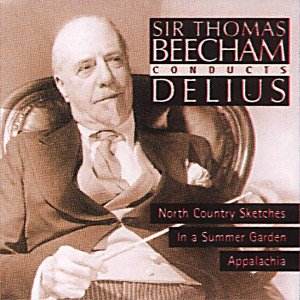 Composer: Maurice Ravel
Composer: Maurice Ravel
Works: Piano Concerto in G major, Piano Concerto for the Left Hand, Alborada del Gracioso
Performers: Joaquín Achúcarro, piano; Euskadi Symphony Orchestra (Basque National Orchestra); Gilbert Varga, conductor
Recording: Recorded in San Sebastian, Miramon, September 2000, June 2001
Label: Claves CD 50-2101
Ravel’s concertos, particularly the Piano Concerto in G major and the Piano Concerto for the Left Hand, emerge as pivotal works in the 20th-century repertoire, encapsulating the composer’s unique synthesis of jazz influences and classical form. Composed during the interwar period, these concertos reflect Ravel’s fascination with American jazz culture, while simultaneously drawing on his Basque heritage—an aspect especially resonant in this recording featuring Joaquín Achúcarro and the Euskadi Symphony Orchestra, based in the Basque country. Achúcarro’s nuanced interpretations, alongside Gilbert Varga’s adept conducting, offer a compelling exploration of these masterpieces.
Achúcarro’s performance of the G major concerto reveals a thoughtful balance between the work’s inherent light-heartedness and its intricate orchestral textures. His touch is neither excessively flamboyant nor overly restrained, aligning closely with Ravel’s intent for the concerto to embody a certain brilliance without delving into profound depths. The opening movement’s rhythmic vitality is palpable, with Achúcarro deftly navigating the syncopated figures that characterize the jazzy theme. The adagio assai, however, presents a more complex interpretative challenge. Here, Achúcarro’s approach, while technically proficient, lacks the lyrical flow that often characterizes performances of this movement. The harmonic nuances are skillfully articulated, yet the essential ‘suspension’ that invites listeners into a state of emotional engagement is somewhat muted, leaving the music feeling more fragmented than fluid.
The orchestral contribution from the Euskadi Symphony Orchestra deserves commendation, particularly in its handling of Ravel’s colorful orchestrations. The woodwinds in the finale of the G major concerto exhibit a robust yet tasteful character, capturing the essence of blues without veering into caricature. This is a commendable aspect of Varga’s direction, as he encourages a performance that is both exuberant and disciplined, avoiding the pitfalls of over-personalization that can detract from the work’s cohesive structure.
In the Piano Concerto for the Left Hand, Achúcarro confronts the considerable technical demands with an admirable command. The work, written for the one-armed pianist Paul Wittgenstein, encapsulates a range of emotions, from dissonant nostalgia to visceral intensity. Achúcarro’s ability to convey the fragmentary nature of the music is commendable, particularly in the turbulent passages that juxtapose popular and jazz influences with a more introspective character. The unsettling cadences that punctuate the finale deftly reflect the turbulent historical backdrop of its composition.
Ravel’s orchestration of Alborada del Gracioso serves as a vibrant interlude, showcasing the ensemble’s capabilities in a blazing display of orchestral color. The precision and attack in the orchestral parts are noteworthy, contributing to a vivid sonic landscape that complements Achúcarro’s pianism effectively. The engineering quality of this recording also merits mention; the balance between soloist and orchestra is expertly achieved, allowing for a clear delineation of textures that enhances the listening experience.
This recording stands as a commendable addition to the catalogue of Ravel’s piano concertos. Achúcarro’s interpretations, while occasionally lacking in lyrical depth, are imbued with clarity and technical prowess, offering a fresh perspective on these beloved works. The collaboration with the Euskadi Symphony Orchestra under Varga’s direction results in a performance that is engaging and thoughtfully conceived, making it a worthy consideration for both enthusiasts and newcomers to Ravel’s music.



